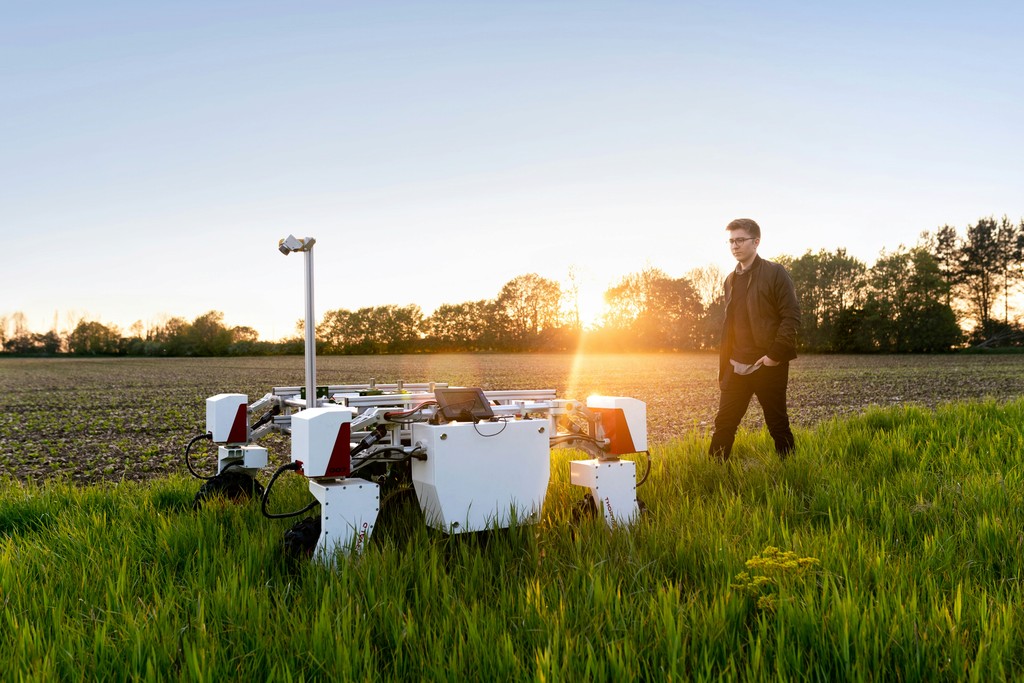Writings
Creation has always been my true north, leading me down three distinct yet deeply interconnected paths: UX design, visual arts, and yoga. Each of these pursuits represents a facet of how I see the world and how I aim to contribute to it — through crafting meaningful digital experiences, capturing the impermanence of nature, and fostering mindfulness in myself and others. Together, they form a narrative that reflects my commitment to awareness, empathy, and action.
In the rapidly evolving fields of robotics and artificial intelligence (AI), the design of user experiences is undergoing a significant transformation. Traditional human-centered design is expanding to encompass interactions between humans, robots, and AI systems. This shift has led to the emergence of disciplines such as Robotic Experience Design (RXD) and Artificial Intelligence Experience Design (AIXD), which focus on creating seamless and intuitive interactions across these domains.
As robots increasingly become a part of our urban landscapes, their designs must rise to meet the demands of a sustainable future. Gone are the days when robotic systems focused solely on performance metrics like precision and autonomy. Today, sustainability — encompassing ecological, social, and economic dimensions — has become a cornerstone of cutting-edge robotic design.
Designers are not designing for themselves, but for the people, therefore they should understand the people. Designing for the future involves an overarching scope going beyond the limits of the Design Thinking.
Understanding your users is the first level but in todays’ world it is insufficient. We must design for the sustainability of the humankind.
Taking a holistic approach, by applying the Systems Thinking mindset is one way to do that.
An estimated 15% of working-age adults have a mental disorder at any point in time. Depression and anxiety are estimated to cost the global economy US $1 trillion each year driven predominantly by lost productivity. People living with severe mental health conditions are largely excluded from work despite participation in economic activities being important for recovery, according to World Health Organization.
An estimated 15% of working-age adults have a mental disorder at any point in time. Depression and anxiety are estimated to cost the global economy US $1 trillion each year driven predominantly by lost productivity. People living with severe mental health conditions are largely excluded from work despite participation in economic activities being important for recovery, according to World Health Organization.
With all the digital products out there, it’s pretty obvious that we’re producing a lot of CO². Did you know that a single website page takes up an average of 1.67 grams of CO²?
You read that right! Think about how many billions of web pages and other digital products are out there. A lot CO² is being produced, every second by website, email and app clicks.







